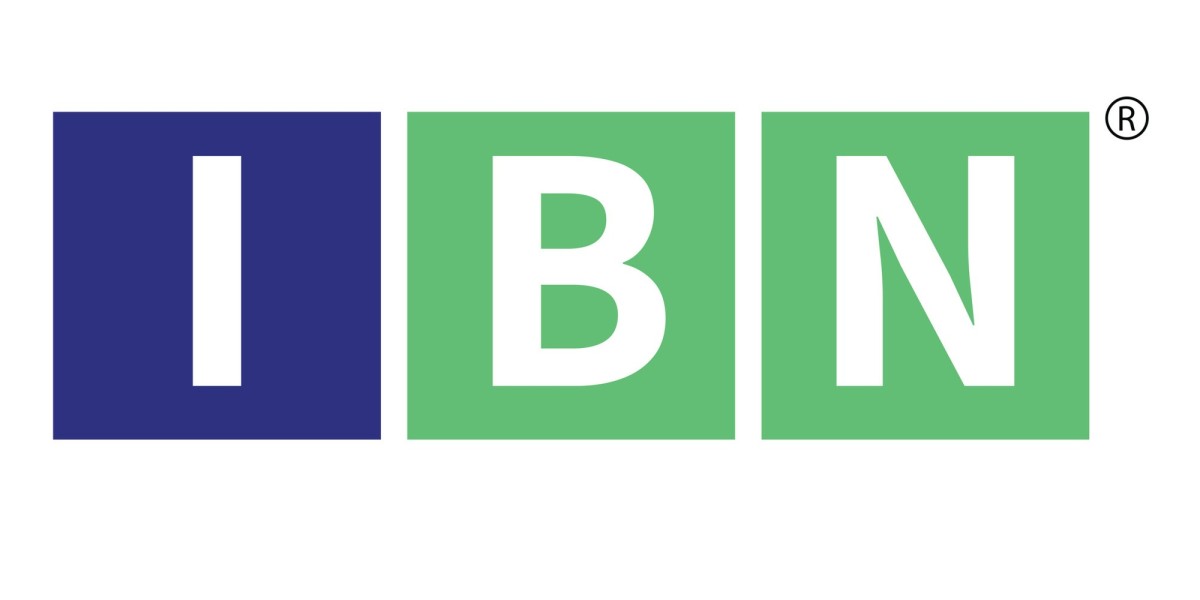In accounting and financial management, the general ledger (GL) serves as the backbone of a business’s financial system. It is a central repository that captures and organizes all financial transactions, offering a detailed view of the company’s financial status. Gaining a clear understanding of the different types of general ledger accounts is critical for maintaining accurate records and ensuring effective financial management.
This article explores the significance of general ledger accounts, their structure, and their importance in achieving financial clarity and operational success.
Get a Free Consultation: https://www.ibntech.com/free-consultation/?pr=Ujjwal
General Ledger Accounts Overview
Table of Contents
- What is a General Ledger?
- Key Types of General Ledger Accounts
- Why Balancing the General Ledger Matters
- How General Ledger Insights Drive Financial Decisions
- Challenges in General Ledger Management
- Conclusion
- FAQs on General Ledger Accounts
What is a General Ledger?
The general ledger is the foundational record of a company’s financial transactions, consolidating data from sub-ledgers such as payroll, inventory, and sales. This master ledger simplifies the creation of essential financial reports, including the balance sheet and income statement. As a cornerstone of financial reporting, it ensures all transactions are documented systematically and accurately.
Key Types of General Ledger Accounts
General ledger accounts are categorized into five main types, each serving a unique purpose:
1. Assets
Assets encompass resources owned by the company that have economic value and provide future benefits.
- Current Assets: Cash, accounts receivable, and inventory.
- Non-Current Assets: Fixed assets like equipment, property, and intangible assets such as patents.
These accounts offer a snapshot of a company’s wealth and resource allocation.
2. Liabilities
Liabilities represent obligations the company must fulfill in the future.
- Current Liabilities: Short-term obligations like accounts payable and short-term loans.
- Long-Term Liabilities: Debts such as bonds payable and mortgages.
Effective liability management ensures financial stability and operational sustainability.
3. Equity
Equity reflects the owner’s interest in the business after liabilities are deducted from assets. Common equity accounts include retained earnings and capital contributions. Equity accounts highlight financial health and assist in attracting investors.
4. Revenue
Revenue accounts track income generated from core business activities like product sales and service delivery. These accounts demonstrate the company’s ability to generate profits and sustain operations.
5. Expenses
Expense accounts record costs incurred to run the business, such as rent, utilities, and wages. By deducting expenses from revenue, businesses calculate their net income, a measure of profitability.
Why Balancing the General Ledger Matters
A balanced general ledger ensures that total debits match total credits across all accounts. Imbalances may indicate errors in recording or categorization, compromising financial accuracy. Maintaining a balanced ledger guarantees reliable reporting and supports compliance with accounting standards.
How General Ledger Insights Drive Financial Decisions
General ledger accounts provide vital insights for strategic planning:
- Cash Flow Management: Monitoring assets and liabilities helps ensure sufficient liquidity.
- Profitability Evaluation: Revenue and expense accounts highlight areas to enhance profitability.
- Investment Planning: Equity accounts provide a clear picture of financial stability for reinvestment or fundraising decisions.
- Regulatory Compliance: Accurate general ledger records ensure adherence to financial regulations, simplifying audits and reviews.
Challenges in General Ledger Management
Managing a general ledger can be complex due to:
- Increased Transaction Volumes
Growing businesses handle more transactions, which can make manual reconciliation time-consuming and error-prone. - Data Entry Errors
Mistakes in recording amounts or misclassifying accounts can distort financial reports. - System Integration
Combining multiple operational systems into a unified ledger can lead to inconsistencies if not managed effectively.
Adopting modern accounting software can address these challenges, automating processes and ensuring precision.
For More Information
Visit: The Role of General Ledger Accounts in Financial Reporting
Conclusion
General ledger accounts are fundamental to a business’s financial health. Properly managing assets, liabilities, equity, revenue, and expenses ensures accurate reporting and supports sound decision-making. By leveraging advanced tools and professional expertise, businesses can overcome challenges and achieve long-term success.
At IBN Technologies, we specialize in simplifying your accounting processes. Our tailored solutions ensure your general ledger is accurate, compliant, and up-to-date, allowing you to focus on growing your business.
Contact Us Today: Get Started with a Free Consultation
General Ledger Accounts FAQs
1. What is a General Ledger entry?
A General Ledger entry documents a financial transaction categorized into specific accounts within the ledger.
2. What are the types of General Ledgers?
The two primary types are:
- Standard General Ledger: Used for routine transactions.
- Subledger: Provides detailed records that support the main ledger.
3. What are the five types of ledger accounts?
The five types are Asset Accounts, Liability Accounts, Equity Accounts, Revenue Accounts, and Expense Accounts.









